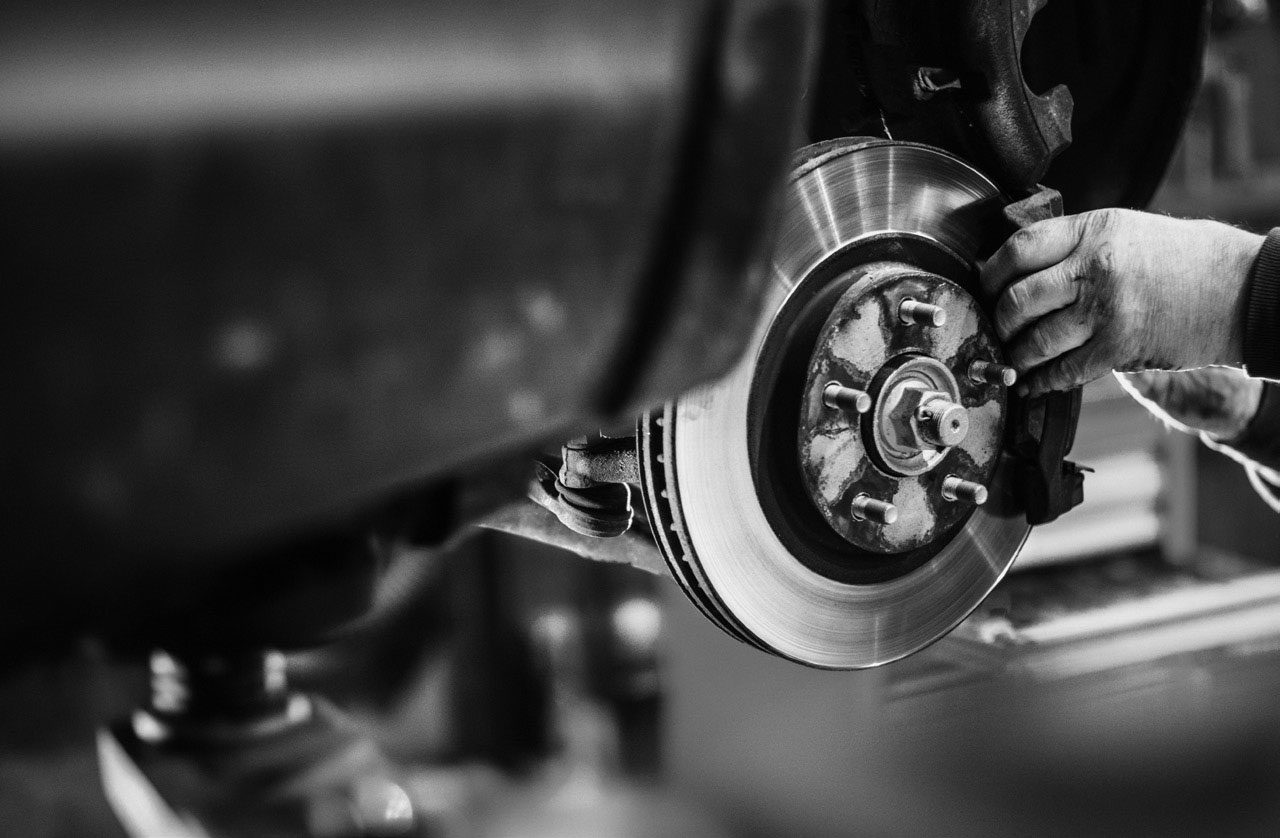How Remanufacturing Increases Fleet Sustainability
There has been a wave to increase sustainability at the corporate level throughout every industry and every sector. In the fleet world, this is commonly done by testing and adopting fuel sources other than gasoline or diesel – compressed natural gas, propane, fuel cell, or electric vehicles. While not every fleet is ready to take that first big step into alternative fuels, they are looking for other ways to reduce their overall carbon footprint, sooner than later.

DEFINING REMANUFACTURING
While most fleet managers, or their maintenance teams, have heard the term “remanufactured” or “reman” in terms of certain vehicle parts, they may not understand the process behind producing a remanufactured powertrain component. The core is first disassembled, cleaned, and inspected. Old wearable parts are replaced with new ones, and all castings are remanufactured to meet or exceed OE specifications. In terms of quality, a remanufactured component is of equal quality to a new one, making it just as reliable, but at a lower cost. In most cases, these components are also tested before your maintenance team gets their hands on them; and, in many cases, they come with a warranty.
REDEFINING RECYCLING
For most, “recycling” brings about images of soda cans and cardboard boxes, or the different-colored plastic bins that you push out to the curb each week. But in the commercial vehicle sector, it takes on a new meaning. When a major vehicle component or system fails, most fleets look at the age of the vehicle in question and try to determine whether or not the fix is worth the frustration — swap out the part or swap out the vehicle. This was a pretty easy question to answer, but with the current supply chain woes and the effect they have had on the commercial vehicle industry, it’s not always easy to find the right replacement vehicle, or component. So, why not repair the vehicle you have with a remanufactured component? In an effort to determine the energy consumption of manufacturing vehicles, Argonne National Lab, a U.S. Department of Energy research center, used the Greenhouse Gases, Regulated Emissions, and Energy Use in Transportation (GREET) model to examine the lifecycle impacts of manufacturing vehicles. Using the GREET model, they determined that it takes about 100 million British thermal units (BTUs) — a unit used to measure the energy required — to make the vehicle, its batteries, and its fluids for one weighing approximately 3,200 pounds. For a Class 8 truck weighing at least 33,001 pounds, it would take 1.03 billion BTUs to manufacture this vehicle type. So, when looking at replacement versus remanufactured, isn’t the latter the more sustainable way?
MAKING THE CASE FOR REMAN
According to some independent analysis performed at Jasper Engines & Transmissions, there is a huge case to be made for recycling your vehicles with remanufactured parts. Compared to the millions — if not billions — of BTUs it takes to build a vehicle and all its components, including the assembly. Remanufactured parts require far less energy and emit far less harmful emissions into the atmosphere. On average, only 1% of the energy expended to manufacture a vehicle is used to produce and install a remanufactured powertrain component. In other words, your fleet is saving approximately six tons of coal or more than 1,000 gallons of oil. Using this logic, by replacing aging components with remanufactured ones, you can reduce your fleet’s carbon footprint considerably, which will help many reach their sustainability goals. According to a 2021 study from the Multidisciplinary Digital Publishing Institute, researchers now consider remanufacturing a necessary approach to achieve longterm sustainability in the manufacturing sector. The economic benefits come from cost savings (up to 50%) due to a 60% increase in energy savings and decrease in needed materials by 70%.1 A lifecycle assessment study from the Center for Sustainable Systems at the University of Michigan showed that the remanufacturing process for engines uses 68–83% less energy and emits 73–87% fewer carbon dioxide emissions.2
JASPER: GOING GREEN AND BEYOND
In addition to offering remanufactured vehicle parts and components, JASPER is also finding other ways to reduce emissions and help protect our environment:

The installation of dust collectors throughout the facility reduces particulate matter to a microscopic level (2.5 microns) with a 99.9% efficiency rating.
Most solvent-based paints applied to the final product have been replaced with water-based versions, allowing for a reduction in volatile organic compounds and reduced drying time.
Ozone-depleting vapors have been reduced 77% by changing the cleaning process. Metal shot or baking soda blasting agents have taken the place of many solvents used during core cleaning
When powertrain cores are disassembled, any metal and aluminum parts that are not used are sent out for salvage — totaling 5,500 tons annually.
JASPER recycles the cardboard packaging of the new parts that go into any products, which amounts to 175 tons recycled each year.
REFERENCES
1. Salah, B.; Ziout, A.; Alkahtani, M.; Alatefi, M.; Abdelgawad, A.; Badwelan, A.; Syarif, U. A Qualitative and Quantitative
Analysis of Remanufacturing Research. Processes 2021, 9, 1766. https://doi.org/10.3390/pr9101766
2. Smith, V.M.; Keoleian, G.A. The Value of Remanufactured Engines: Life-Cycle Environmental and Economic Perspectives. J. Ind. Ecol. 2004, 8, 193–221.



